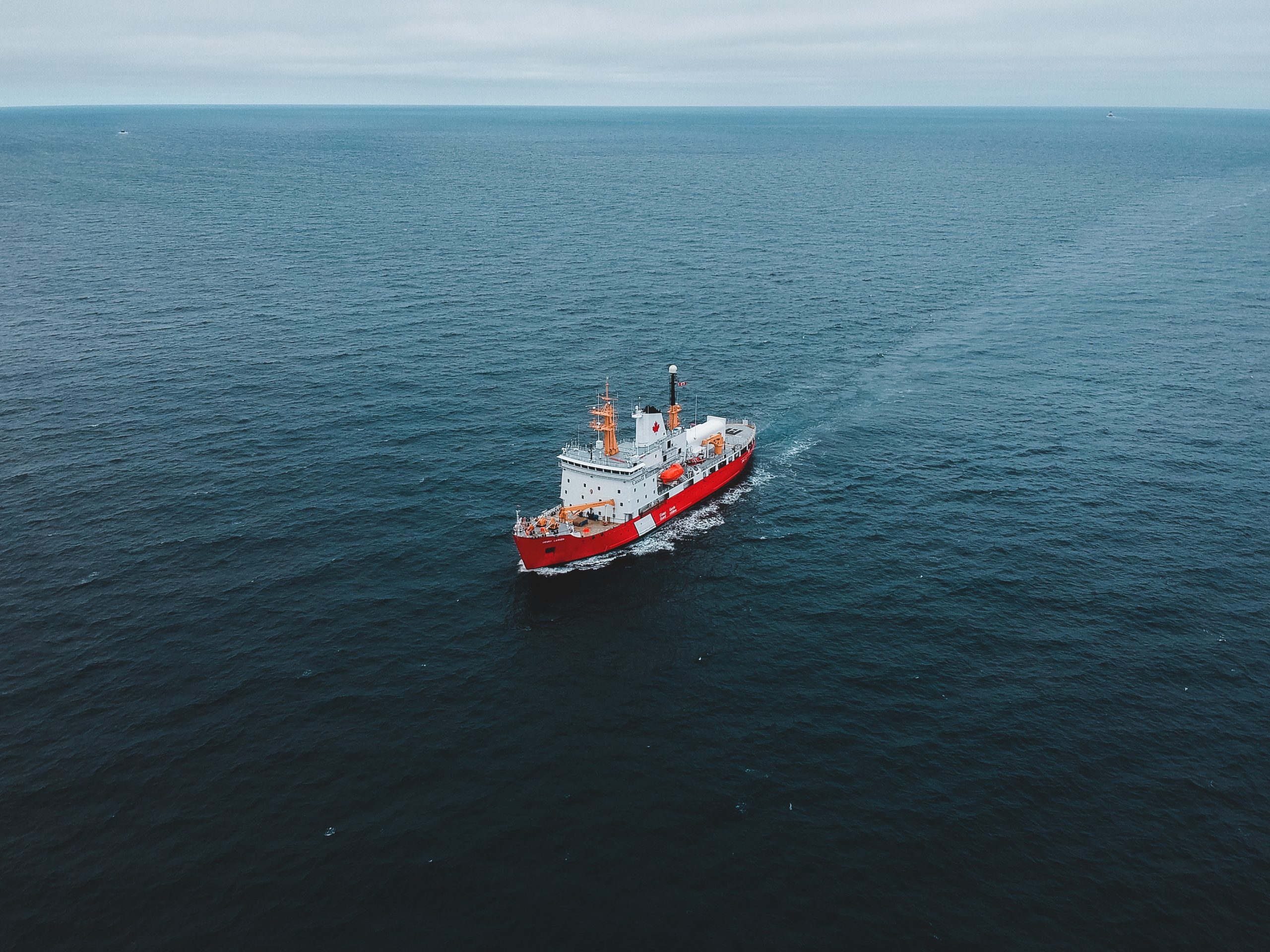UK shipbuilder Alicat has been selected to build the world’s first hybrid powered daughter craft fleet.
Great Yarmouth-based Alicat has been awarded North Star Renewables’ initial multi-million-pound contract to bring its first two daughter craft to the renewables market. The vessels will utilise a combination of diesel and electric outboards, a world first for this form of workboat.
Once completed, the vessels with low carbon emission potential are destined for the Dogger Bank Wind Farm, 130km off England’s north east coast and set to offer capacity of up to 3.6GW once complete.
Alicat director, Simon Coote, said: “This multi-million-pound contract is a significant win for our business as it further establishes us on the renewables map as the first company in the world to build hybrid powered daughter craft, which is also the first offshore wind daughter craft to be built in the UK.”
Stabiliser technology
Designed by Southampton-based naval architects Chartwell Marine in collaboration with North Star, the hybrid propulsion daughter crafts include stabiliser technology ensuring reduced carbon emissions and boosting safety and comfort. It has an increased sea state operability and safe transfer, tank tested at wave heights of up to 1.7m Hs – significantly higher than any alternative wind farm daughter craft.
The daughter craft will be used to safely transfer technicians from their accommodation onboard North Star’s service offshore vessels (SOVs), to work on the offshore wind turbines at Dogger Bank A and B.
Dogger Bank A and B are a joint venture between SSE Renewables (40%), Equinor (40%) and Eni (20%). Dogger Bank C is a joint venture between SSE Renewables (50%) and Equinor (50%).
SSE Renewables is leading on the construction of the wind farm and Equinor will operate the wind farm for its lifetime of up to 35 years.
The first daughter craft is being delivered 12 months ahead of schedule, under the build supervision locally of North Star Group’s Boston Putford division in Lowestoft. This will allow time for performance analysis and improvements, crew training and additional development ahead of the first of three SOVs arriving from summer 2023.
Source: www.maritimejournal.com
Image: www.pexels.com



